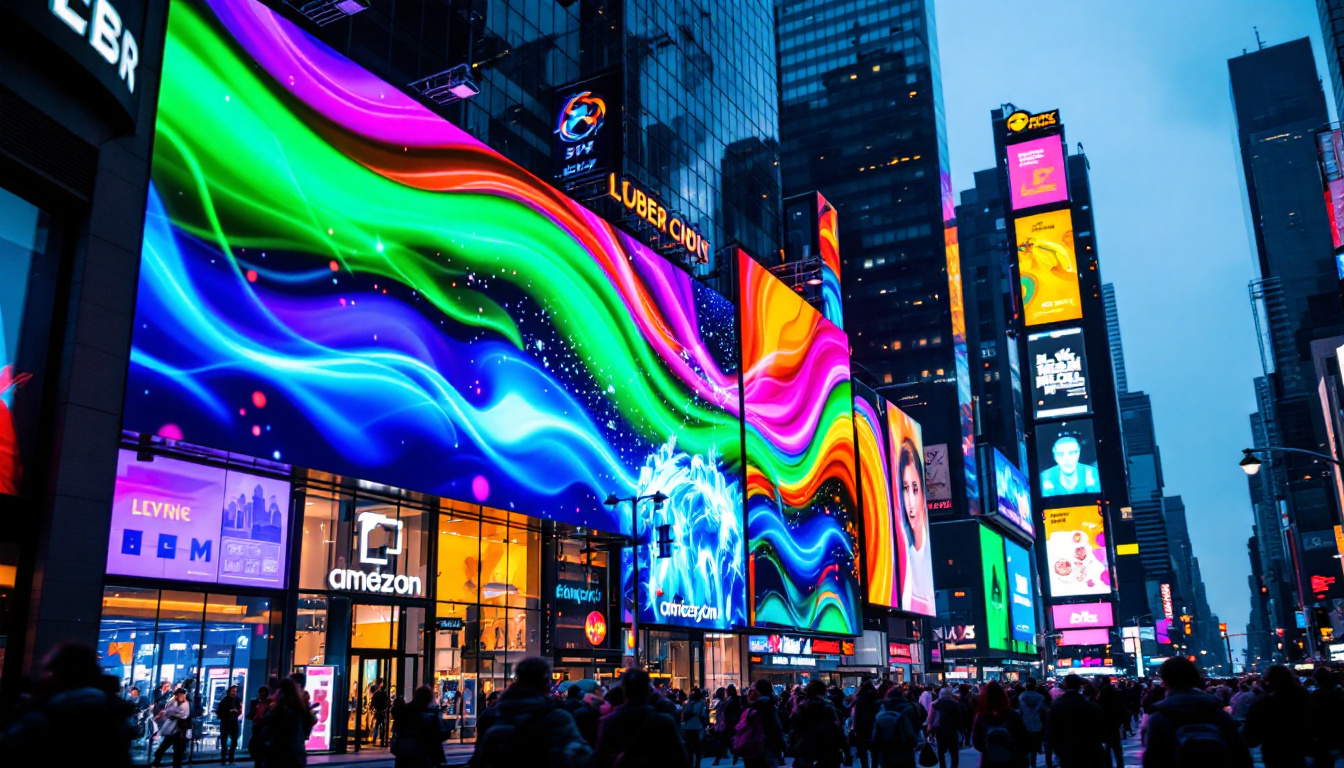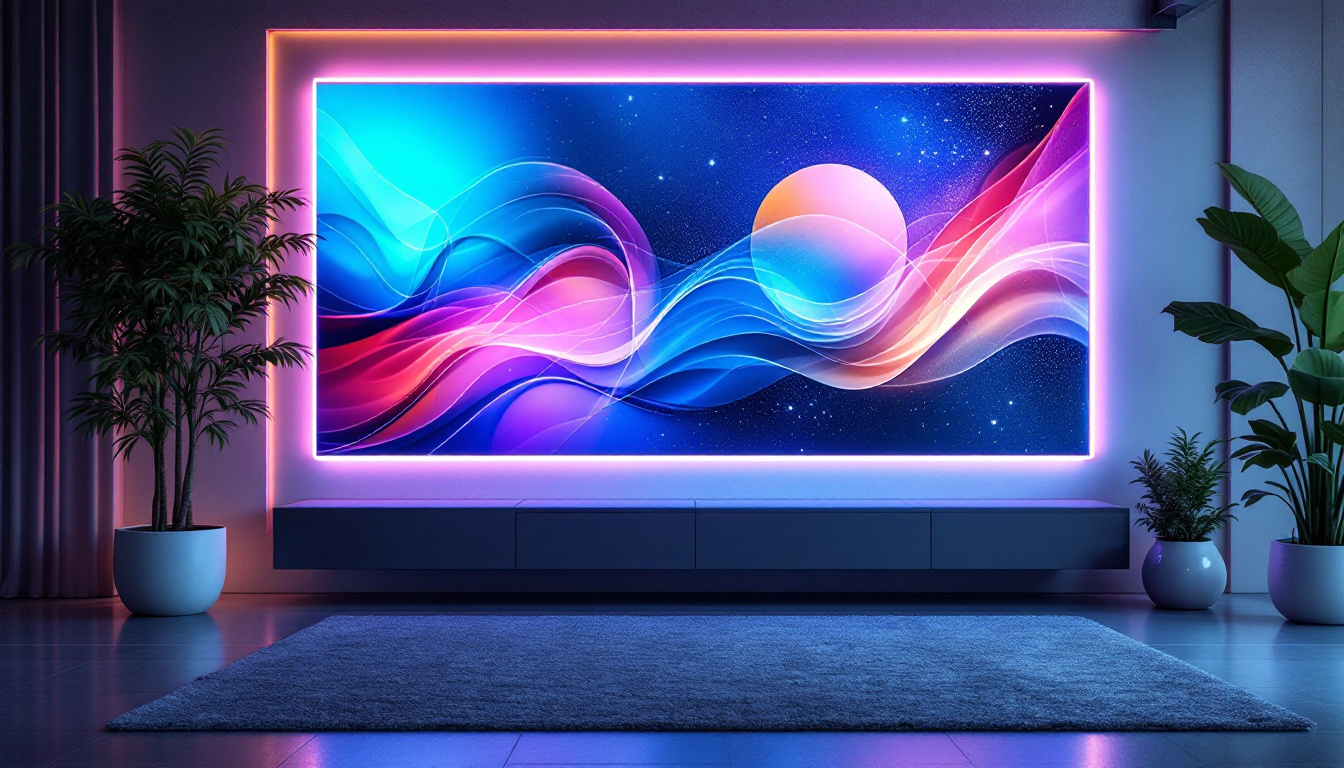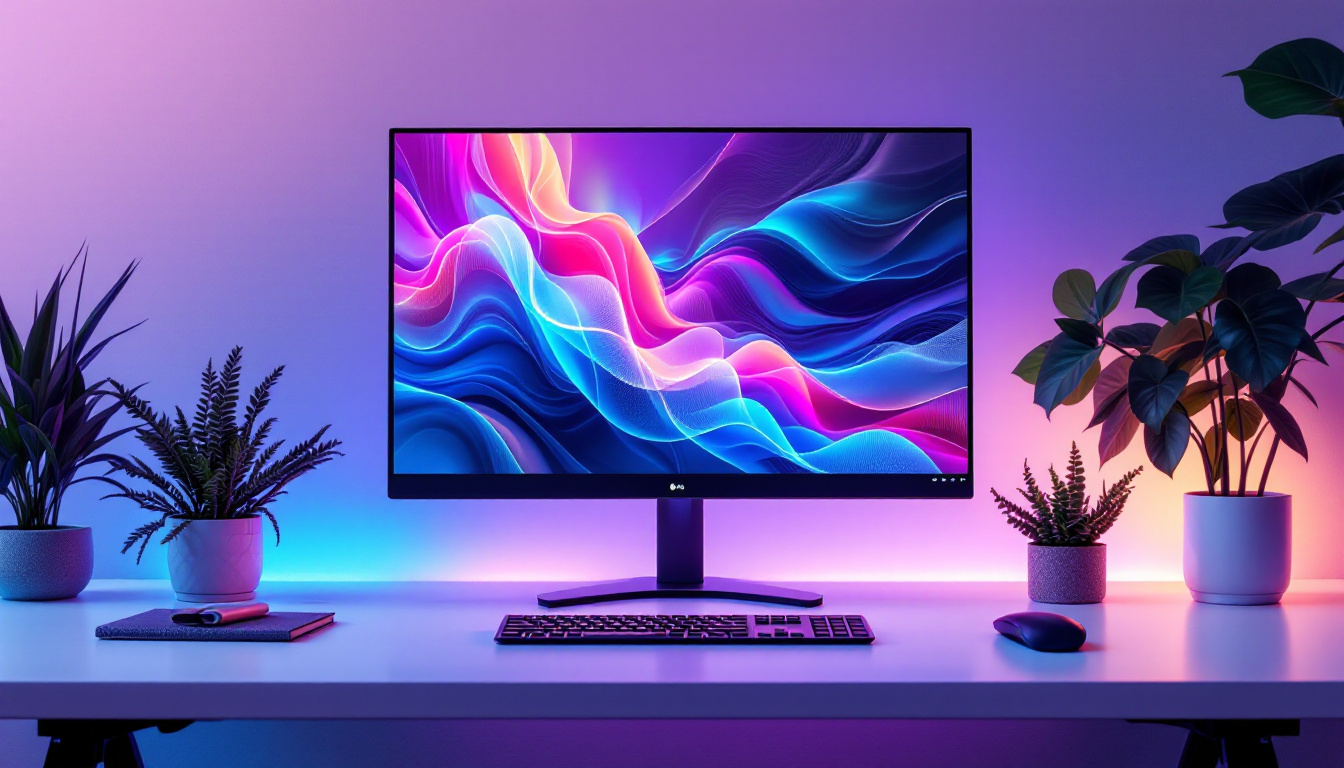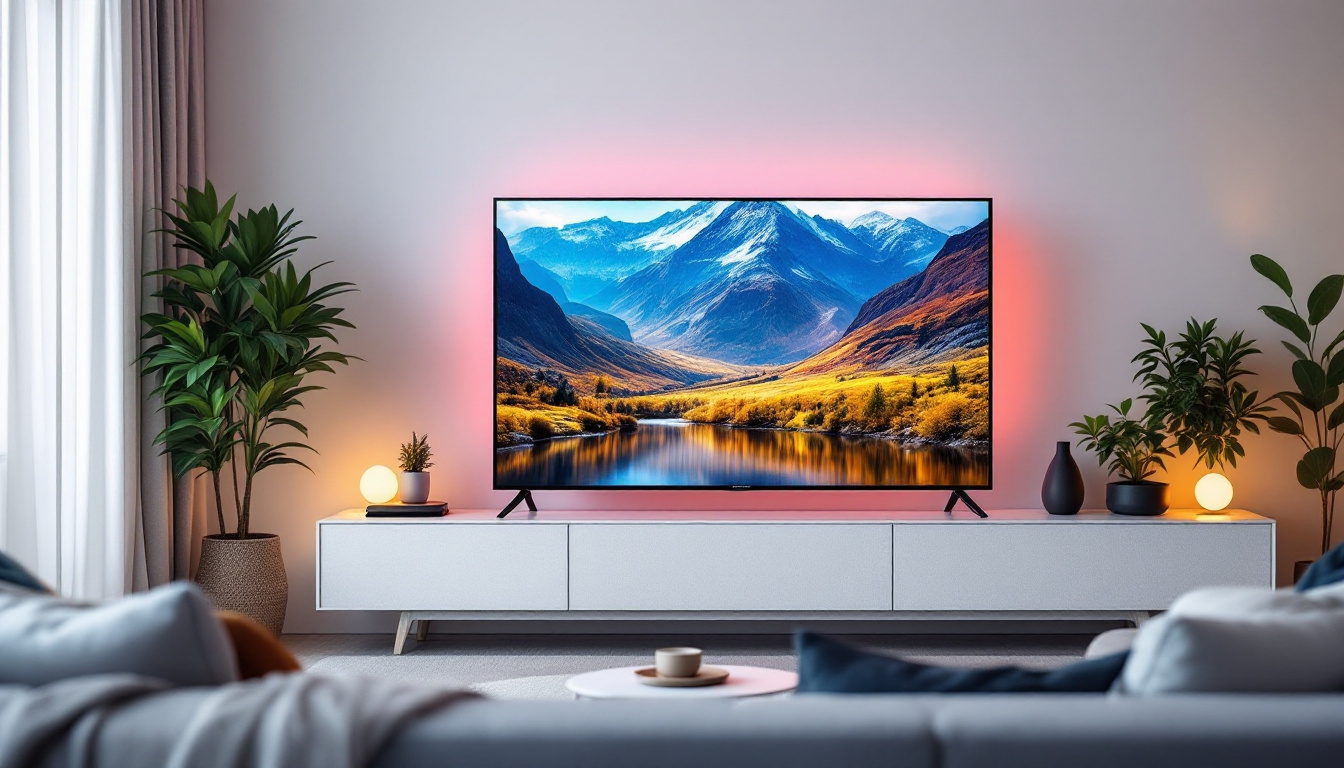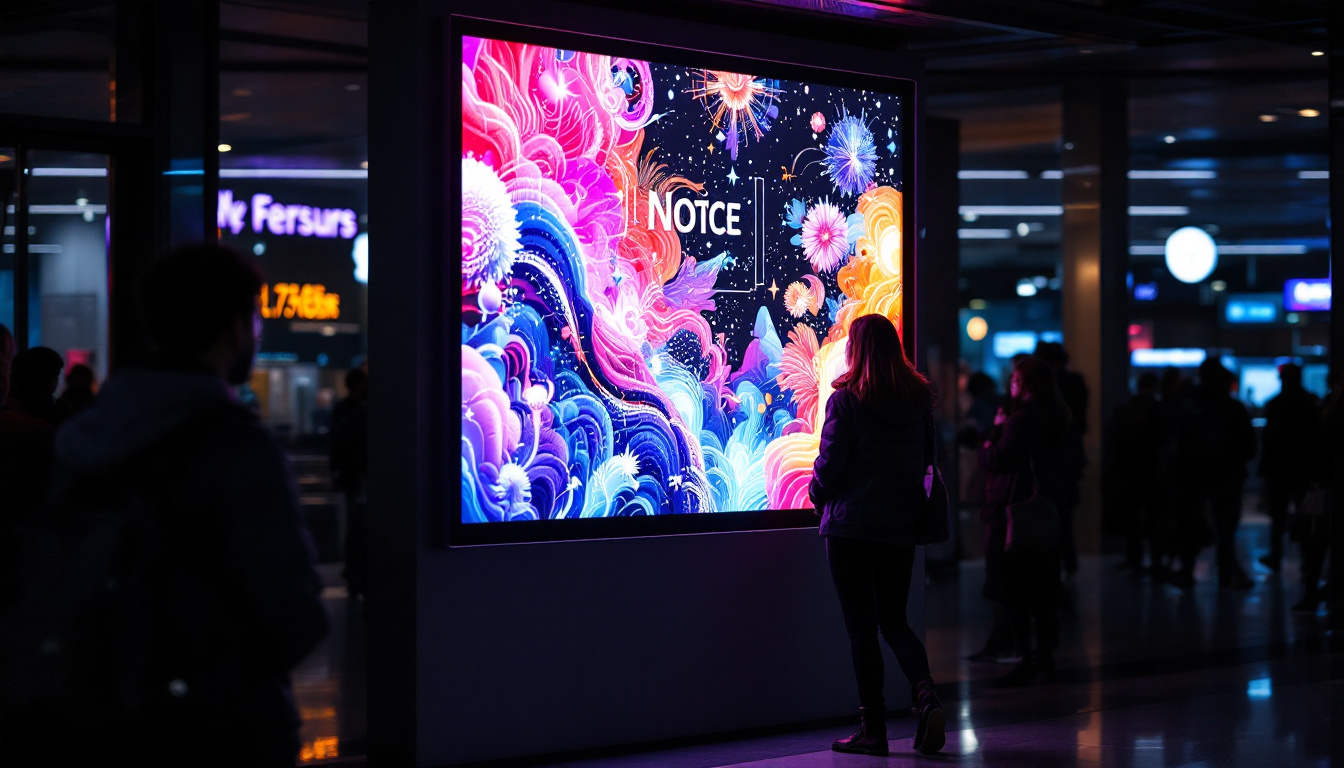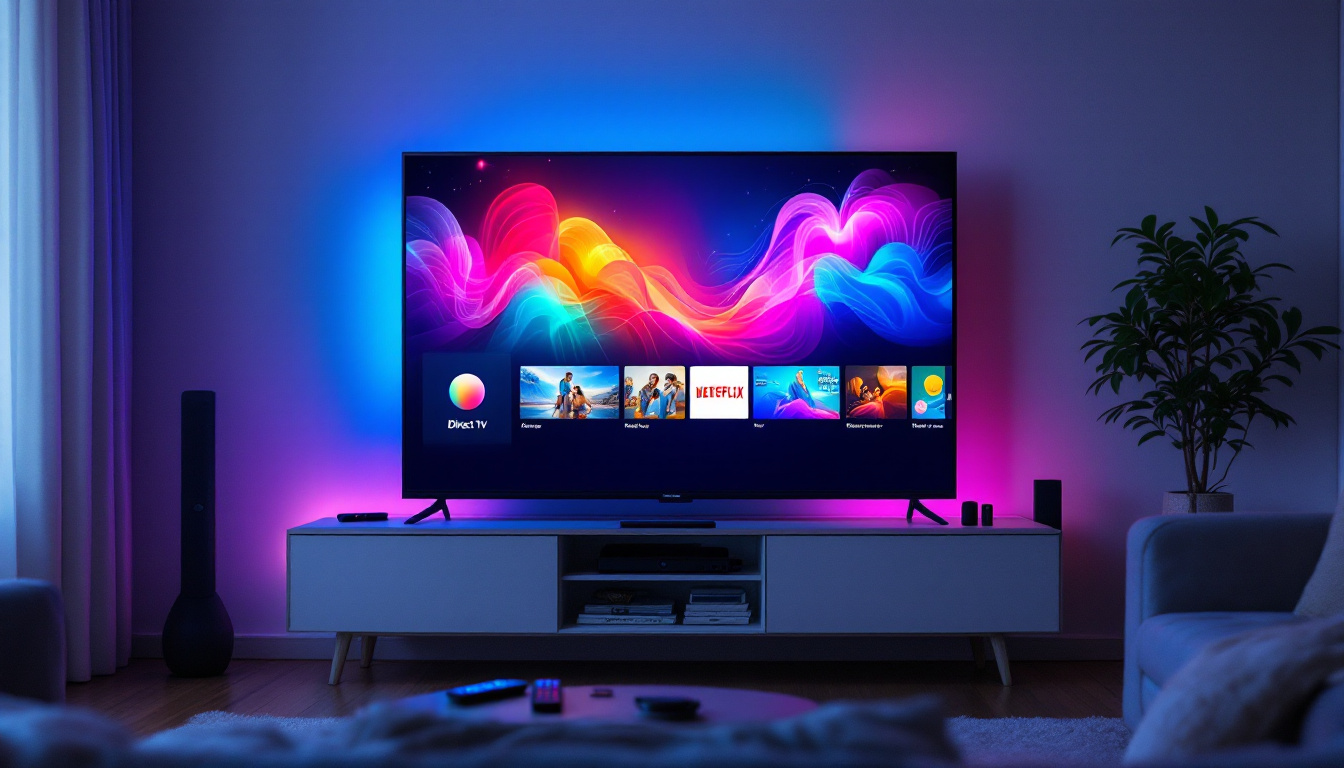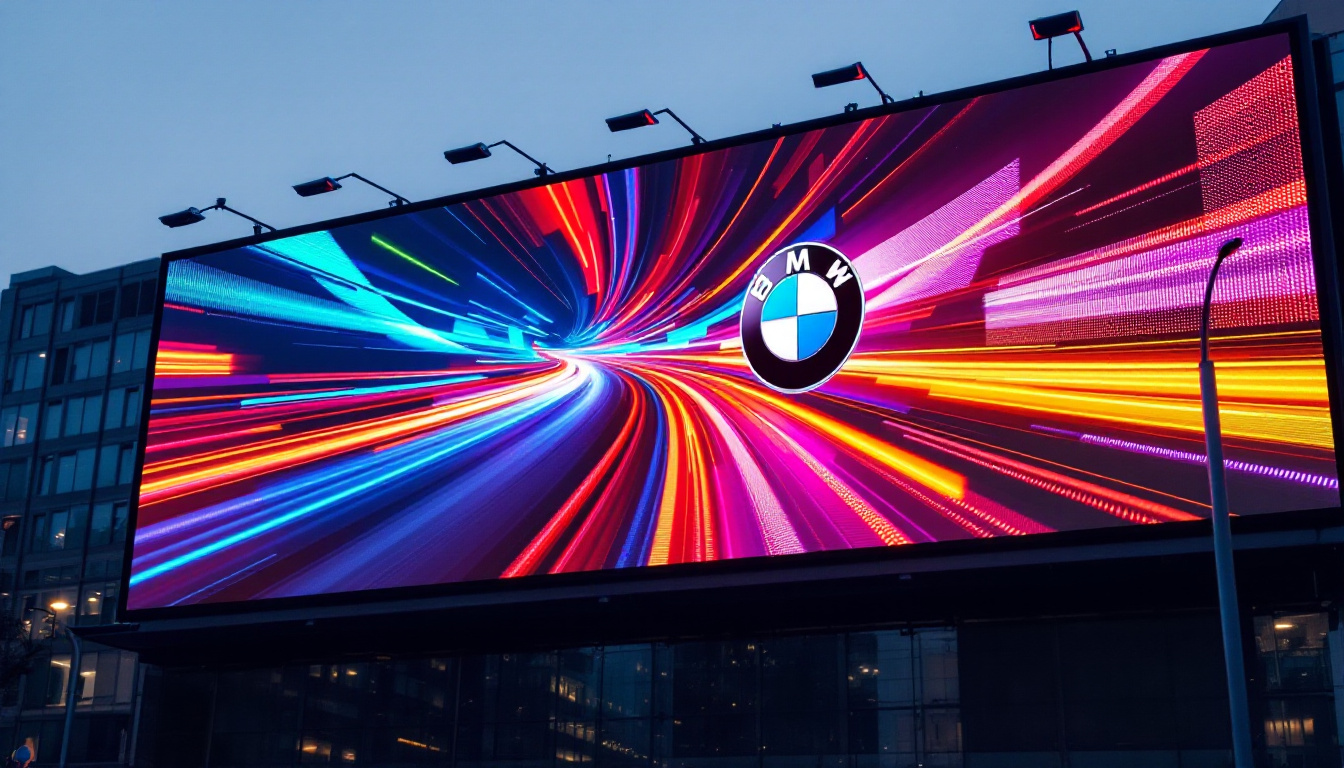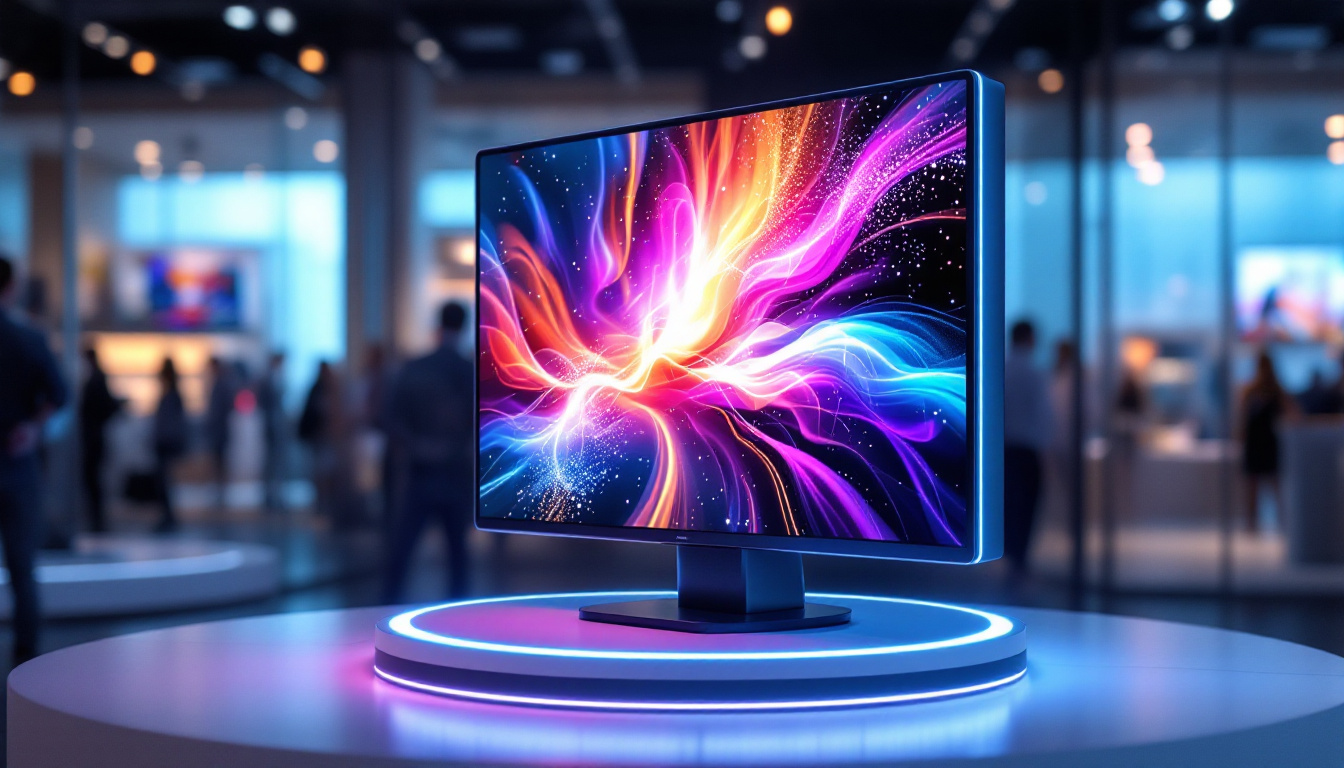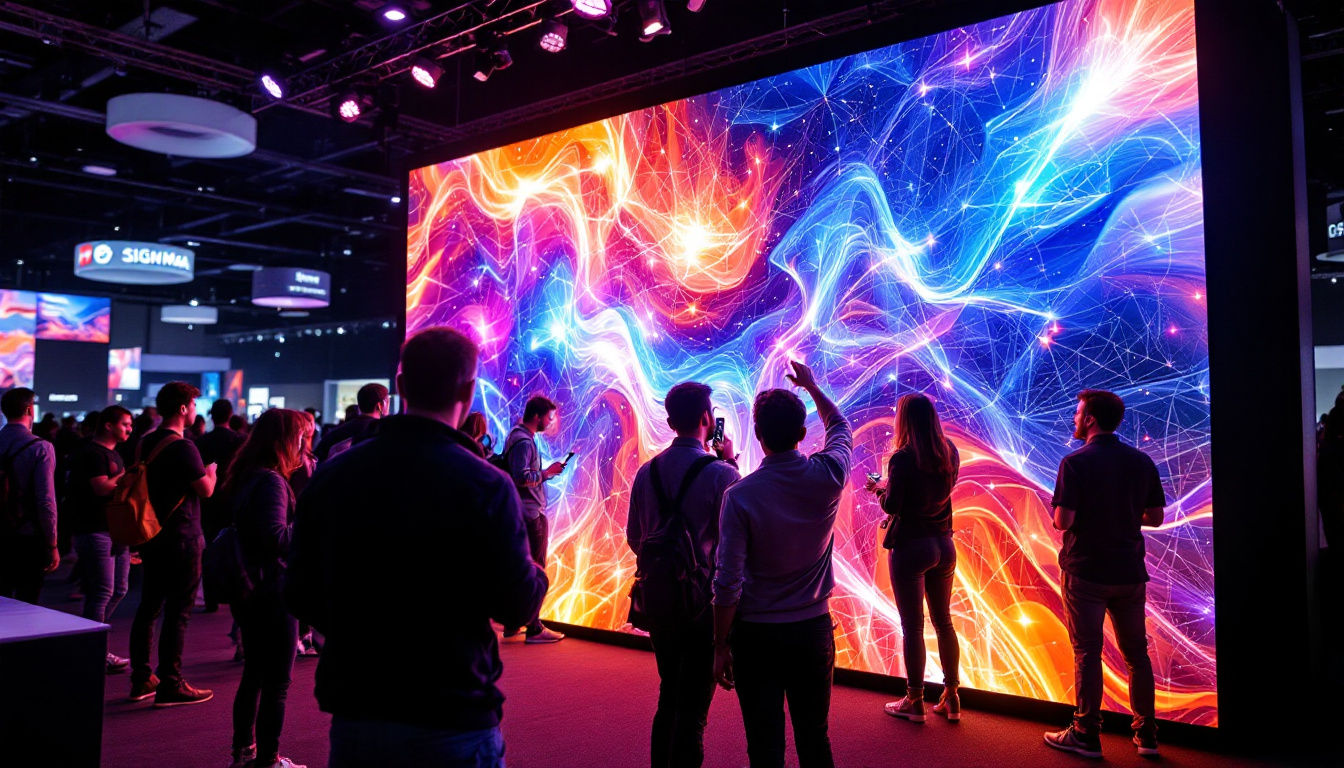In an age where digital content is king, the need for efficient video file management has never been more critical. Whether for personal use or professional applications, reducing the size of video files can significantly enhance performance, storage, and sharing capabilities. This article delves into the intricacies of LED displays and how they relate to video file size reduction, offering insights and practical tips.
Understanding LED Displays
LED (Light Emitting Diode) displays have revolutionized the way we consume visual content. These displays are not only energy-efficient but also provide superior brightness and color accuracy compared to traditional LCD screens. Understanding the technology behind LED displays is essential for anyone looking to optimize video content for these platforms.
The Technology Behind LED Displays
LED displays utilize a matrix of tiny light-emitting diodes to create images. Each diode can emit different colors, allowing for a wide range of hues and brightness levels. This technology is particularly advantageous for video playback, as it can produce vibrant visuals that enhance viewer engagement.
Furthermore, the modular nature of LED displays allows for various configurations, from large outdoor billboards to smaller indoor screens. This versatility makes them ideal for a multitude of applications, including advertising, entertainment, and information dissemination. In addition to their adaptability, LED displays can also be designed to be flexible or curved, enabling innovative installations that can fit into unique architectural spaces. This flexibility opens up new avenues for creative expression in both commercial and artistic contexts.
Benefits of Using LED Displays
One of the primary benefits of LED displays is their energy efficiency. Compared to traditional display technologies, LEDs consume less power while providing superior brightness. This efficiency translates to lower operational costs, making them an attractive option for businesses and event organizers.
Additionally, LED displays offer excellent durability and longevity. Unlike other types of screens that may suffer from burn-in or fading, LED technology ensures that images remain sharp and vibrant over time. This reliability is crucial for applications where consistent quality is paramount. Moreover, many LED displays are designed to withstand harsh environmental conditions, making them suitable for outdoor use. They can endure exposure to sunlight, rain, and temperature fluctuations, which further enhances their appeal for outdoor advertising and public information systems. The ability to maintain performance in various settings also means that they can be used in temporary installations, such as concerts or festivals, without compromising on quality.
The Importance of Video File Size
Video files can be substantial in size, often leading to challenges in storage, uploading, and playback. Understanding the factors that contribute to video file size is essential for anyone looking to optimize their content for LED displays or any other platform.
Factors Influencing Video File Size
Several factors influence the size of a video file, including resolution, frame rate, and compression methods. Higher resolutions, such as 4K or 8K, yield larger files due to the increased amount of visual information. Similarly, higher frame rates result in smoother motion but also contribute to larger file sizes. For instance, a video shot at 60 frames per second (fps) will have twice the amount of data compared to one shot at 30 fps, making it crucial to balance the desired smoothness with practical file size considerations.
Compression is a critical aspect of video file management. Different codecs can significantly reduce file size without sacrificing quality. Understanding how to choose the right codec is essential for anyone looking to make their video files smaller while maintaining visual integrity. Popular codecs like H.264 and H.265 (HEVC) offer efficient compression techniques that allow for high-quality video at lower bitrates, which is particularly beneficial for streaming purposes. As technology evolves, new codecs continue to emerge, promising even better compression ratios and quality retention.
Common Video Formats
Video files come in various formats, each with its own advantages and disadvantages. Popular formats include MP4, AVI, MOV, and MKV. Among these, MP4 is widely regarded as the most versatile, offering a good balance between quality and file size. It is compatible with most devices and platforms, making it a preferred choice for many users. Additionally, the MP4 format supports a wide range of audio and video codecs, further enhancing its usability across different applications.
AVI and MOV formats, while high quality, tend to produce larger files, which may not be ideal for all applications. The AVI format, developed by Microsoft, is known for its high fidelity but lacks advanced compression capabilities, resulting in larger files that can be cumbersome to manage. MOV, on the other hand, is favored in professional environments, particularly in video editing, due to its ability to store multiple tracks of video and audio. MKV is another format that supports high-quality video and audio but can also result in larger file sizes depending on the content. It is particularly popular for storing movies and TV shows, as it allows for multiple audio tracks and subtitles within a single file, making it a favorite among media enthusiasts who prioritize flexibility and quality.
Techniques for Reducing Video File Size
Reducing video file size is essential for efficient storage and sharing. Fortunately, there are several techniques and tools available to help achieve this goal. Understanding these methods can empower users to optimize their video content effectively.
Compression Tools and Software
Numerous software tools are available for compressing video files. These tools often allow users to adjust various parameters, such as resolution, bitrate, and codec, to achieve the desired file size. Popular options include HandBrake, Adobe Media Encoder, and FFmpeg, each offering unique features and capabilities.
When using compression tools, it’s crucial to strike a balance between file size and video quality. Experimenting with different settings can help users find the optimal configuration for their specific needs.
Adjusting Resolution and Bitrate
One of the most effective ways to reduce video file size is by adjusting the resolution and bitrate. Lowering the resolution can significantly decrease file size, but it may also impact visual quality. For LED displays, which often require high-quality visuals, finding the right resolution is essential.
Bitrate, measured in kilobits per second (kbps), determines the amount of data processed per second of video. Reducing the bitrate can lead to smaller file sizes, but it can also result in a loss of detail. Users should carefully consider the trade-offs when adjusting these settings.
Best Practices for Optimizing Video for LED Displays
When preparing video content for LED displays, specific best practices can enhance performance and visual quality. Understanding these practices can ensure that videos look their best when showcased on these advanced screens.
Choosing the Right Resolution
For LED displays, selecting the appropriate resolution is critical. While higher resolutions provide better quality, they also result in larger file sizes. It is essential to consider the display’s native resolution and the viewing distance when determining the optimal resolution for video content.
For instance, a video intended for a large outdoor LED billboard may not need to be in 4K resolution, as viewers will be at a greater distance. Conversely, content for a smaller indoor display may benefit from higher resolution to ensure clarity and detail.
Utilizing Appropriate Formats and Codecs
As previously mentioned, choosing the right video format and codec can significantly impact file size and quality. For LED displays, MP4 using H.264 or H.265 codecs is often recommended due to its compatibility and efficient compression capabilities.
These codecs maintain a good balance between quality and file size, making them suitable for various applications. Utilizing the appropriate format ensures that video content plays smoothly and looks great on LED displays.
Future Trends in Video Compression
The landscape of video compression is continually evolving, with new technologies and methodologies emerging regularly. Staying informed about these trends can help users optimize their video content for current and future platforms.
Advancements in Codec Technology
New codecs are being developed that promise even greater efficiency in video compression. For example, the AV1 codec is gaining traction due to its ability to deliver high-quality video at lower bitrates compared to older codecs. This advancement can significantly reduce file sizes while maintaining visual fidelity, making it an attractive option for video creators.
As codec technology continues to advance, users will have more options for optimizing their video files, ensuring compatibility with a wide range of devices and platforms.
AI and Machine Learning in Video Compression
Artificial intelligence and machine learning are beginning to play a role in video compression. These technologies can analyze video content and make intelligent decisions about how to compress it without sacrificing quality. This innovation could lead to even more efficient compression methods, allowing users to create smaller video files with minimal effort.
As these technologies mature, they may become more accessible to everyday users, further simplifying the process of video optimization.
Conclusion
Reducing video file size is an essential skill in today’s digital landscape, especially when preparing content for LED displays. By understanding the technology behind LED displays, the factors influencing video file size, and the techniques for optimization, users can create visually stunning content that performs well across various platforms.
As advancements in codec technology and AI continue to shape the future of video compression, staying informed and adaptable will be crucial for anyone involved in video production or distribution. Embracing these changes will not only enhance the quality of video content but also streamline the process of sharing and displaying it on LED screens and beyond.
Explore Cutting-Edge LED Display Solutions
Ready to elevate your visual content with the latest in LED display technology? Look no further than LumenMatrix, where innovation meets excellence. Our diverse range of LED display solutions, from Indoor and Outdoor LED Walls to Custom and All-in-One LED Displays, is designed to captivate your audience and amplify your message. Whether for advertising, live events, or unique installations, LumenMatrix is committed to transforming your visual communication. Check out LumenMatrix LED Display Solutions today and experience the power of advanced LED technology.




